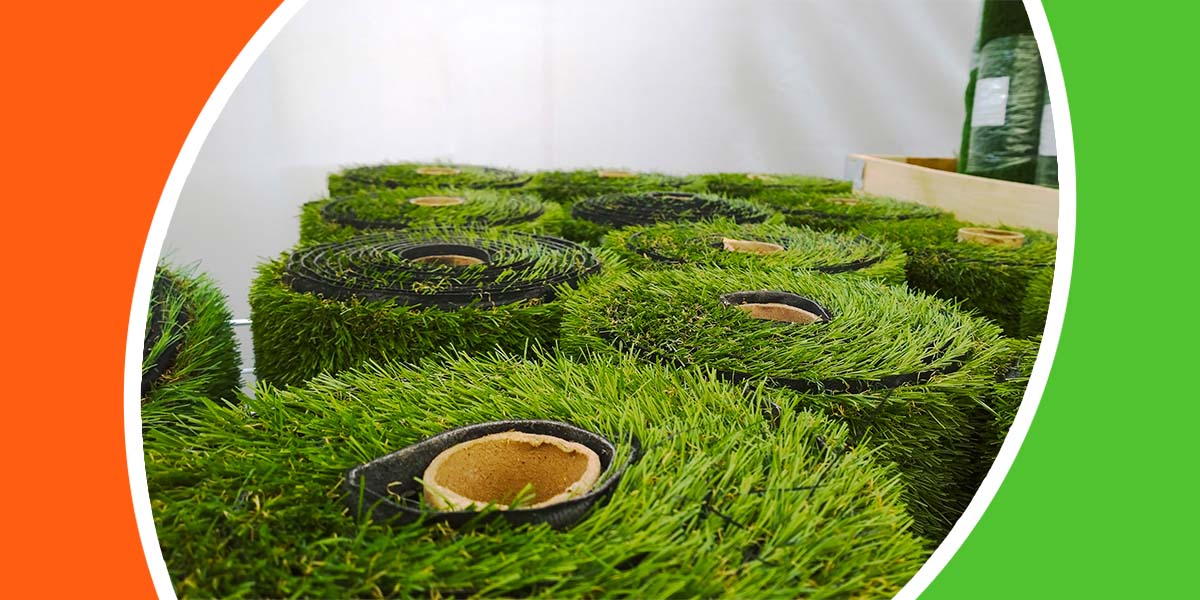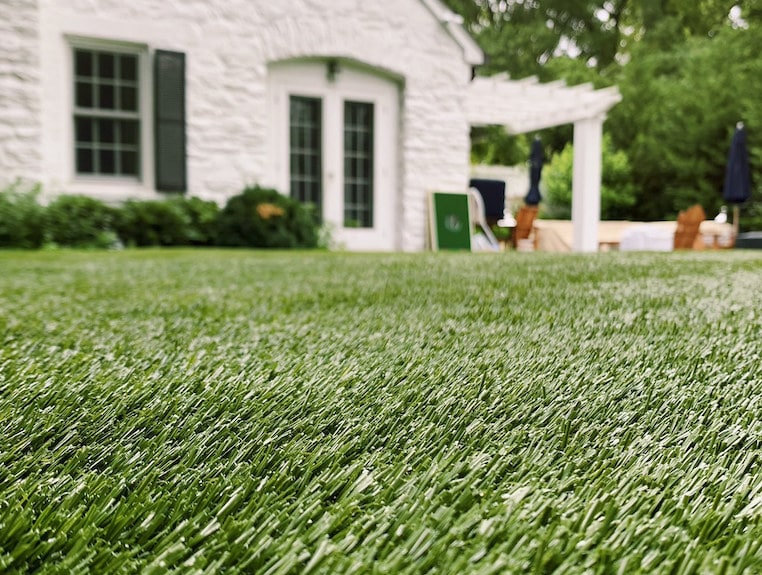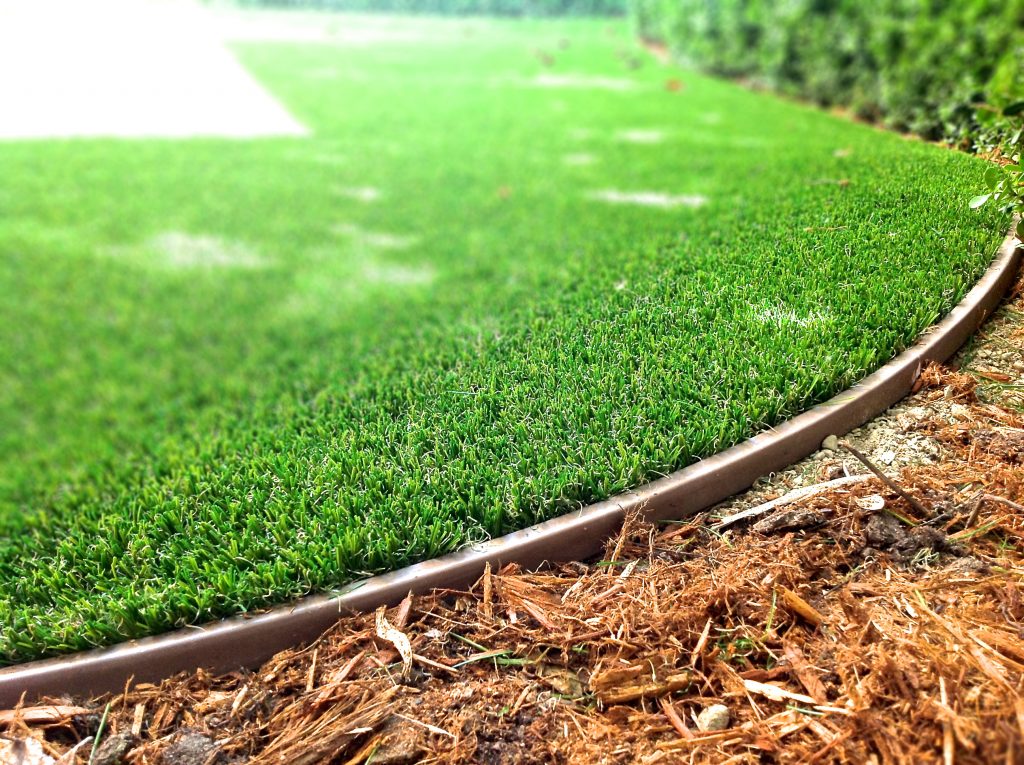Top-Grade Arizona Turf Solutions for a Attractive and Green Landscape
Top-Grade Arizona Turf Solutions for a Attractive and Green Landscape
Blog Article
Delve Into the Environmental Benefits of Opting for Artificial Lawn Solutions
The fostering of synthetic grass remedies provides a compelling chance to deal with pressing ecological challenges. By significantly decreasing water usage and decreasing the application of unsafe chemicals, these alternatives not just advertise sustainable landscape design but likewise safeguard neighborhood environments. The reduced carbon footprint linked with decreased upkeep activities contributes to a much more lasting method to land monitoring. Nevertheless, the implications of these benefits expand beyond mere preservation initiatives, increasing questions concerning their long-lasting impact on habitat conservation and total eco-friendly balance. Checking out these measurements reveals an intricate interaction worth thinking about.
Water Conservation Perks
One of the most significant benefits of man-made grass is its capacity to preserve water. In comparison, synthetic turf does not require watering, significantly reducing the total demand for water sources.
By eliminating the demand for regular watering, synthetic grass adds to lasting landscape techniques and aids reduce the ecological impact of too much water usage. Additionally, the preservation of water encompasses the decrease of runoff, which can result in dirt erosion and waterway air pollution.
Furthermore, the installation of man-made turf allows home owners and communities to assign water resources a lot more effectively, concentrating on crucial uses such as alcohol consumption water and farming. The shift towards synthetic lawn not only promotes accountable water use yet additionally lines up with more comprehensive ecological goals targeted at preserving natural resources.
As communities progressively prioritize sustainability, the water conservation benefits of synthetic grass present a compelling situation for its fostering in business and household landscape design projects.
Decreased Chemical Usage
The transition to synthetic lawn substantially reduces the dependence on chemical treatments frequently used in all-natural yard upkeep. Standard turf administration commonly entails the application of herbicides, plant foods, and chemicals to advertise development and control pests. These chemicals can posture threats to human health and wellness, local wild animals, and the setting, adding to soil and water contamination.
On the other hand, synthetic grass gets rid of the need for these unsafe compounds. As soon as mounted, it needs minimal maintenance, mainly consisting of normal cleansing and infrequent infill replenishment. This decrease in chemical use not just benefits the prompt atmosphere but likewise contributes to more comprehensive environmental security. By decreasing the launch of synthetic substances into the ecosystem, synthetic grass promotes healthier dirt and water systems.
Moreover, the lack of chemical drainage related to artificial grass installations helps safeguard neighborhood waterways from contamination, supporting aquatic life and keeping biodiversity. Turf installation phoenix az. As neighborhoods significantly prioritize lasting techniques, opting for man-made lawn provides a practical remedy that aligns with environmental conservation objectives. Through this shift, homeowner can delight in lavish environment-friendly spaces without endangering environmental health and wellness, leading the way for a more sustainable future
Lower Carbon Impact

Additionally, the installment of synthetic grass can lead to significant water conservation. Natural yards need substantial quantities of water for irrigation, which not only contributes to the carbon footprint related to water removal and therapy yet also strains local water image source resources. On the other hand, synthetic turf requires marginal maintenance, requiring no watering, consequently substantially lowering water use and its linked power prices.
Furthermore, the longevity of man-made grass adds to its decreased carbon influence. With a lifespan of approximately 15 years or even more, the demand for regular substitutes is diminished, resulting in much less waste and reduced energy consumption in manufacturing and throwing away standard lawn options. On the whole, artificial lawn offers a sustainable option for eco conscious landscape design.
Environment Preservation
Habitat preservation is a critical factor to consider in the dispute over landscaping choices, specifically when contrasting man-made turf to all-natural lawn. Natural lawn lawns frequently call for considerable maintenance, consisting of the use of fertilizers, pesticides, and herbicides, which can adversely affect regional ecosystems. These chemicals can seep right into the dirt and waterways, damaging indigenous plants and animals and interrupting local habitats.
On the other hand, synthetic lawn provides a possibility to decrease the eco-friendly footprint of landscape design. By going with artificial grass, property owners can decrease the interruption of all-natural habitats connected with standard lawn care techniques. Artificial grass eliminates the requirement for hazardous chemicals, consequently protecting nearby wild animals and maintaining the stability of bordering ecosystems. The installation of synthetic grass can lead to the conversion of former turf locations into more biodiverse landscapes, such as pollinator gardens or native plant locations, which can support regional wildlife.
Eventually, the change to synthetic grass not just saves water and decreases upkeep initiatives yet likewise promotes an extra unified partnership between human activities and the native environment, promoting environment conservation while doing so.
Long-Term Sustainability
Long-lasting sustainability is an important see this here consider examining the advantages of synthetic grass over typical lawn lawns. One of one of the most considerable benefits of synthetic grass is its durability; it can last approximately 15-20 years with very little maintenance, whereas all-natural lawn requires constant reseeding and replacement. This longevity minimizes the requirement for constant sources, such as water, fertilizers, and chemicals, which are necessary for keeping a healthy and balanced yard yard.
Additionally, artificial grass adds to a decrease in carbon emissions linked with lawn care equipment. Traditional grass usually require gas-powered mowers, trimmers, and blowers, all of which add to air pollution. Arizona turf. In contrast, synthetic grass removes the need for such tools, promoting a cleaner setting
Additionally, the production of synthetic grass progressively uses recycled products, improving its sustainability profile. As producers embrace green methods, the environmental footprint of artificial grass remains to lessen.

Final Thought
The fostering of man-made lawn remedies provides significant environmental benefits, including considerable water preservation, lowered reliance on dangerous chemicals, and a reduced carbon footprint. Moreover, fabricated lawn aids in maintaining all-natural environments by reducing land disturbance and advertising long-term sustainability through using durable materials. Jointly, these factors underscore the possibility of synthetic grass to add positively to ecological wellness and use a practical alternative to typical landscape design methods in an increasingly resource-conscious globe.
In comparison, fabricated lawn does not need watering, considerably minimizing the overall need for water resources. By minimizing the launch of artificial substances right into the ecological community, artificial lawn advertises healthier soil and water systems.
In addition, the installation of fabricated turf can result in substantial water preservation. In comparison, fabricated grass requires marginal upkeep, needing no watering, thereby dramatically lowering water usage and its associated power prices.

Report this page